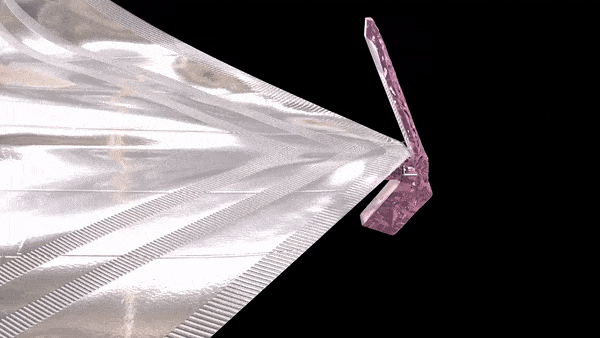Magnetars are super-strong neutron stars with more powerful magnetic fields than Earth’s. Their magnetic fields decay, emitting high-energy radiation. One such magnetar, SGR J1830-0645, discovered in 2020, is a young, isolated neutron star. Scientists from Raman Research Institute and the University of Delhi used AstroSat to study it in X-ray energies, analyzing its timing and spectrum with instruments like LAXPC and SXT.
AstroSat, India’s first multi-wavelength space-based observatory, has identified bright sub-second X-ray bursts from this magnetar. It detected 67 short sub-second X-ray bursts, with an average duration of 33 milliseconds. This discovery can contribute to unraveling the intriguing extreme astrophysical conditions associated with magnetars.
Dr. Rahul Sharma, the paper’s lead author and a post-doctoral fellow at RRI, an autonomous institute funded by the Department of Science and Technology, said, “Of these bursts, the brightest one lasted for about 90 milliseconds.”
Scientists concluded that SGR J1830–0645 is a unique magnetar that showcased emission lines in its spectra.
The emission lines in the observed data raise questions about their origin. It could be attributed to the fluorescence of iron, a proton cyclotron line feature, or even an instrumental effect. Further investigation is needed to determine the precise cause.
Dr. Sharma said, “The energy dependence in SGR J1830-0645 differed from that observed in several other magnetars. Here, two thermal blackbody emission components originated from the surface of the neutron star (radius of 0.65 and 2.45 km). This research, thus, contributes to our understanding of magnetars and their extreme astrophysical conditions.”
Co-author Prof. Chetana Jain from Hansraj College, University of Delhi, said, “We noticed that the pulsed component of the overall X-ray emission showed significant variation with energy. It increased for energies to about 5 kilo electron volts (keV) and showed a steep drop after that. This trend is different from that observed in several other magnetars.”
Journal Reference:
- Rahul Sharma, Chetana Jain, Biswajit Paul, T R Seshadri. AstroSat observation of the magnetar SGR J1830−0645 during its first detected X-ray outburst. Monthly Notices of the Royal Astronomical Society. DOI: 10.1093/mnras/stad3026
Note: This article have been indexed to our site. We do not claim legitimacy, ownership or copyright of any of the content above. To see the article at original source Click Here













